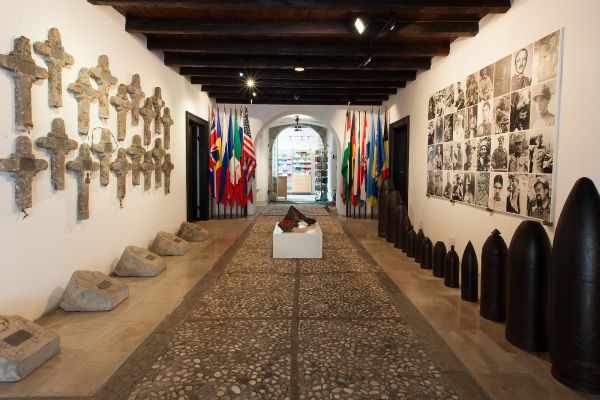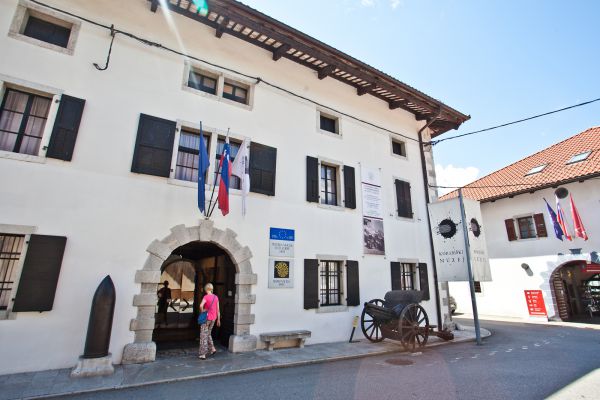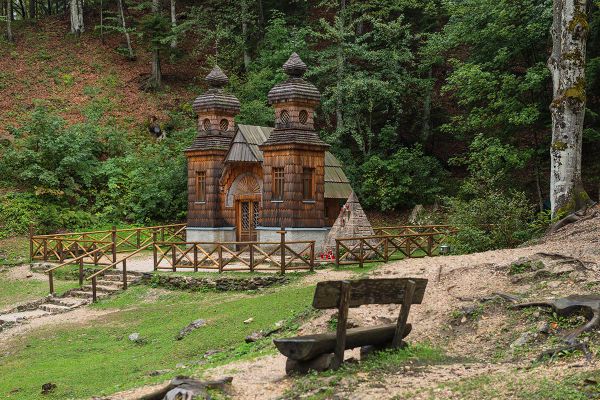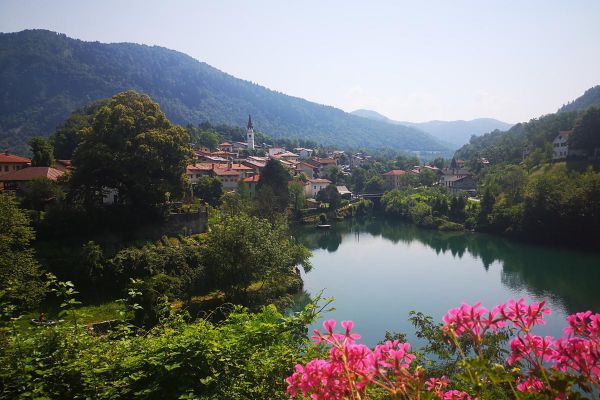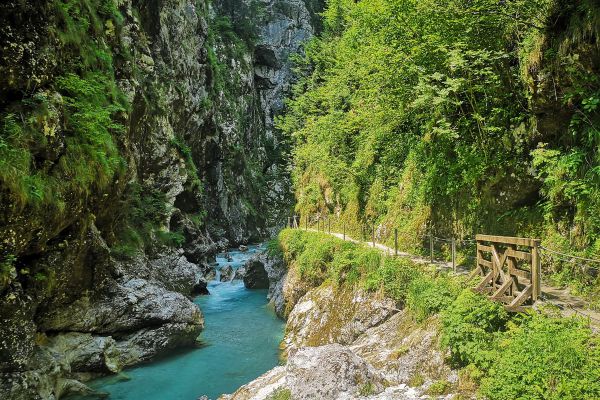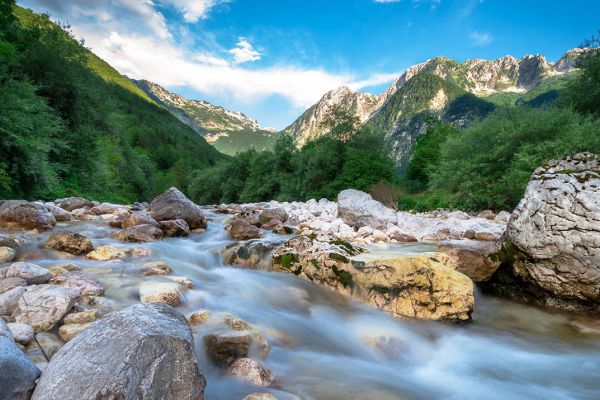Did you know that Western Slovenia was the epicenter of the famous Isonzo Front during the Great War (1914-18). Learn the history of this battlefront and why it gave inspiration to the 20th Century’s best writers including Ernest Hemingway and Erwin Rommel.
Program
Our journey starts at the foot of the Julian Alps and we’ll take a scenic drive to the Vršič pass, the highest road in Slovenia, which connects Upper Carniola with the Trenta Valley in the Slovenian Littoral. The scenic road across the pass, now known as Russian Road, was originally built for military purposes and completed in the early part of the 19th century. On the way, admire at the Russian chapel, dedicated to Saint Vladimir, built by Russian prisoners of war engaged in forced labor in the area during World War I.
During the drive, glance at the oldest Alpine botanical garden in a natural setting and also pass by Military Cemeteries in the area, reminding us of the many fallen soldiers who fought so bravely on the Isonzo Front.
After a lunch break in Bovec, we’ll continue onto Kobarid, the place of a famous siege during WWI. The bloody aftermath of Caporetto (Kobarid) was vividly described by Ernest Hemingway in his novel A Farewell to Arms, and we will learn more with a visit to one of the world’s best museums dedicated to the Great War. The mission of the Kobarid Museum is to protect this story for generations to come and house museum materials related to and originating from the Isonzo Front.
Afterwards we will head to an Italian Ossuary, where the remains of 7000 known and unknown solders who fought in the valley now lay rest.
The tour concludes and we will drive back to starting point.
As this tour leads us to places which are not well connected with other places in Slovenia, we strongly recommend a 2 day tour. We would be glad to help you book accommodation in a local 3* hotel.
If you do book a 2 day tour we will additionally visit:
- an Ossuary dedicated to German soldiers, who were killed on the battlefield around Tolmin during the 12th Battle of the Isonzo,
- The Church of Holy Spirit in Javorca, which was built by Austro-Hungarian soldiers, who were masters of various crafts. It stands as a symbol of a call for reconciliation. The exterior is adorned with the coats of arms of the twenty lands which formed then Austria-Hungary. The interior is decorated with oak panels, which symbolize pages of a memorial book, featuring 2,564 names of fallen Austro-Hungarian soldiers who died in the nearby battlefields
- Kluze fortress an important monument to the defense against the Turkish invasions, Napoleon's army and attacks during World War I.






